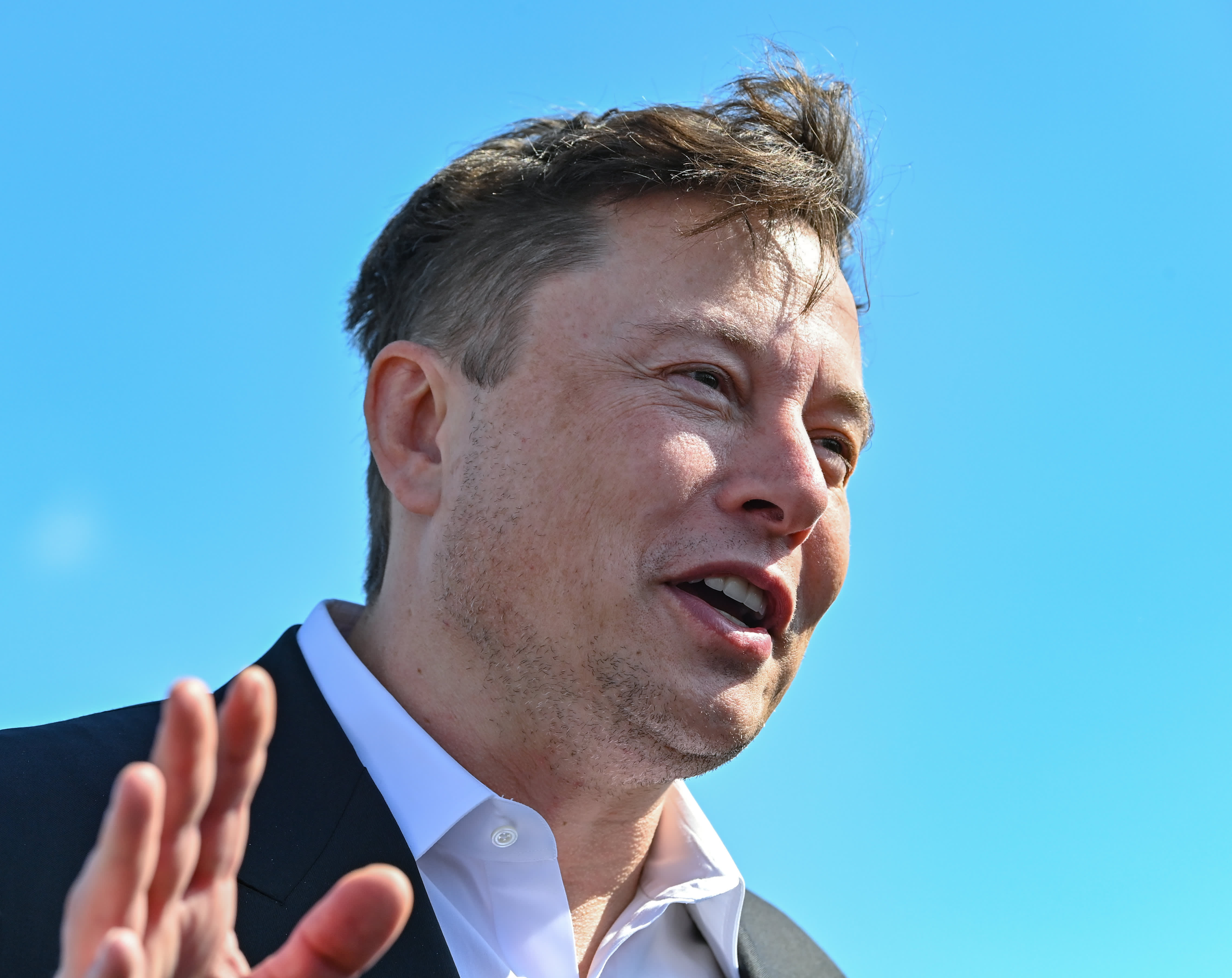Tesla delivered 139,300 vehicles in Q3

Elon Musk, CEO of Tesla, stands on the construction site of the Tesla Gigafactory. In Grünheide near Berlin, September 3, 2020.
Patrick Pleul | picture alliance | Getty Images
Tesla said Friday it delivered 139,300 vehicles in the third quarter, and produced 145,036 vehicles.
As of Wednesday, analysts expected Tesla to report deliveries of 137,000 vehicles over the last three months, according to a consensus of analysts surveyed by FactSet. (Their estimates ranged from 123,000 at the low end to 147,000 at the high end.)
Deliveries are the closest approximation of sales numbers reported by Tesla. Tesla shares were down nearly 5% in premarket trading Friday, although that could be due to a broader market selloff after President Donald Trump announced early in the morning that he tested positive for Covid-19.
Confounding some analysts, the company does not break out its delivery and production numbers by region. It also combines delivery numbers for its older Model S and Model X electric cars, and its newer Model 3 and Model Y vehicles.
In the second quarter, Tesla said it delivered 90,650 electric vehicles but produced fewer vehicles than it sold — 87,048, mostly Model 3s.
Tesla started 2020 saying it expected to deliver at least 500,000 electric vehicles this year, and has not changed that guidance. However, in financial filings, Tesla stopped saying it would “comfortably exceed” 500,000 deliveries this year.
On September 22 at an annual stockholder meeting, CEO Elon Musk said vehicle deliveries would likely rise 30% to 40% versus 2019. That implies deliveries of between 477,750 and 514,500 cars in 2020, a range that encompasses Tesla’s previously stated goal to deliver half a million cars this year.
Just before the annual shareholder meeting, Tesla CEO Elon Musk struck a cautious but encouraging note about the third quarter in an e-mail to all Tesla employees. He wrote: “We have a shot at a record quarter for vehicle deliveries, but will have to rally hard to achieve it. This is the most number of vehicles per day that we’ve ever had to deliver.”
During the third quarter, Musk’s electric car maker had finally moved past Covid-19 health orders that caused its U.S. vehicle assembly plant to wind down to minimum basic operations in the spring, but was still facing an auto sales slump impacting new vehicle sales the world over.
In August, Tesla saw sales recovering partly from that slump, driven by sales in China. The company sold nearly 12,000 vehicles in China that month, following earlier price cuts and a production ramp up there.
Tesla’s Shanghai factory has the capacity to produce up to 200,000 vehicles a year, the company’s Vice President of Foreign Affairs in China, Grace Tao, said in a press interview with Xinhua News Agency in May.
With possible excess capacity at the Shanghai factory, Tesla now plans to begin exporting some of its made-in-China vehicles to Europe. It has historically only exported cars it produced in the U.S. to Europe.
Meanwhile, in the U.S., in July Tesla cut the price of its Model Y crossover SUV by $3,000 and canceled a lower-priced standard-range version of the SUV.
This is a breaking news story. Please check back for updates.
